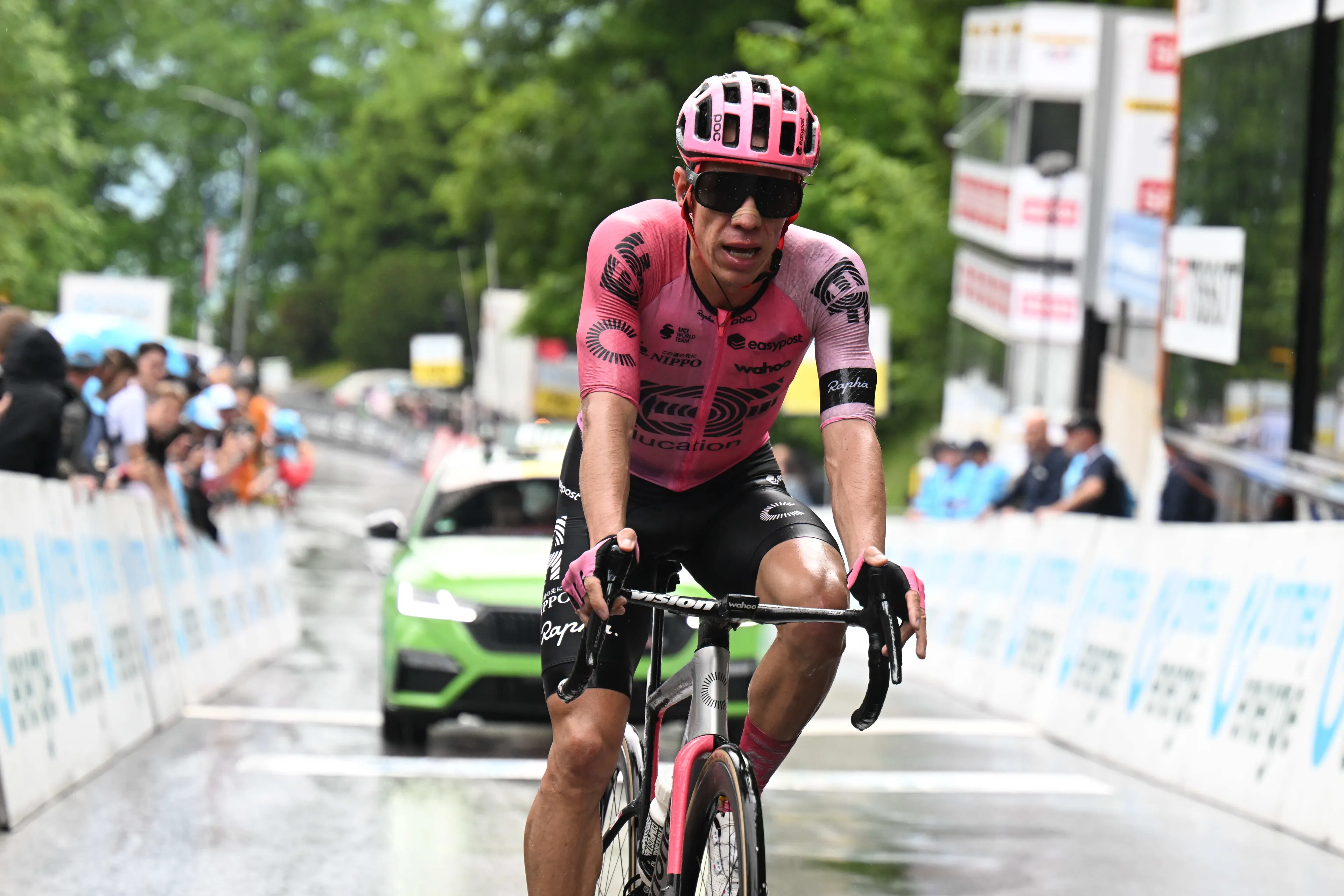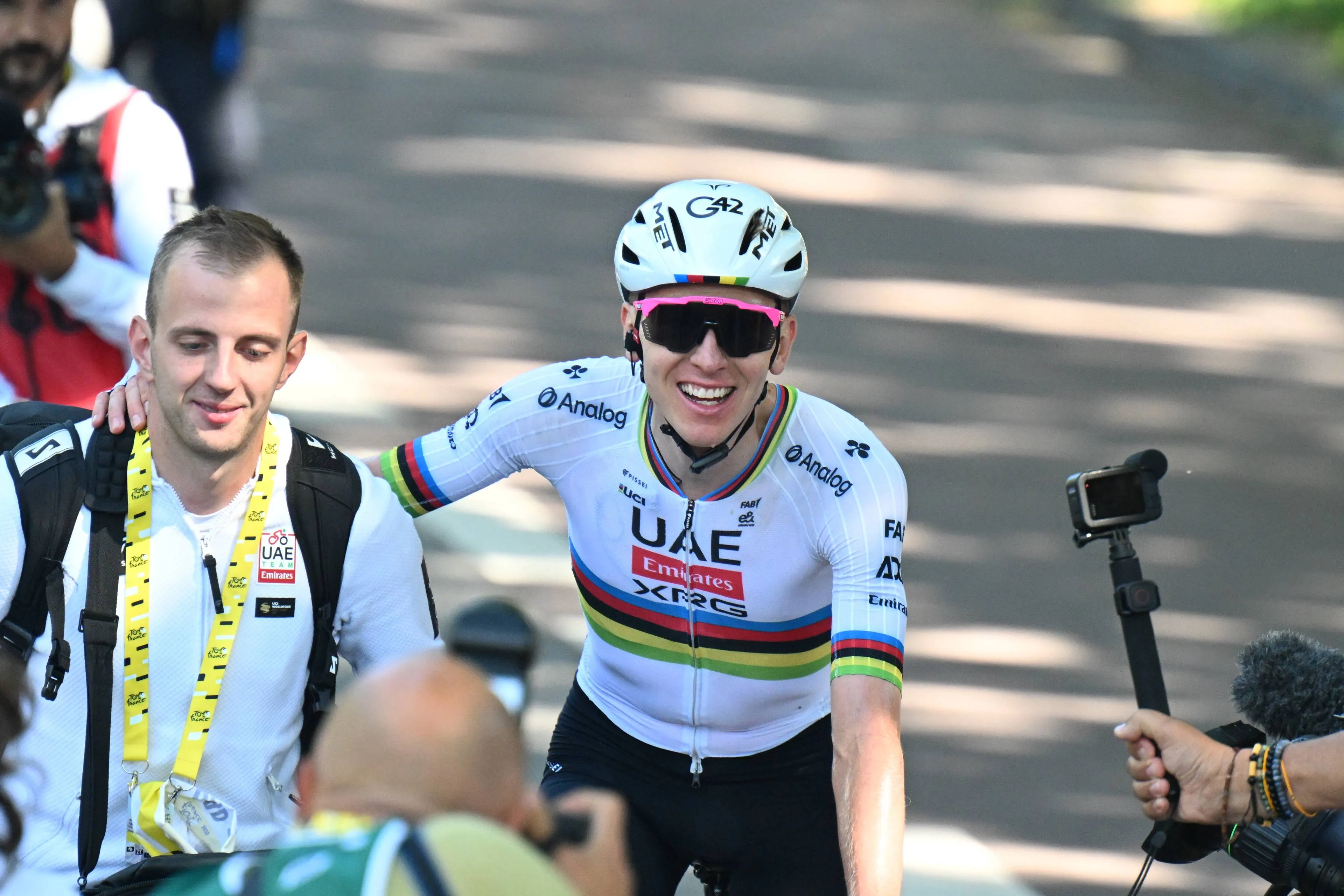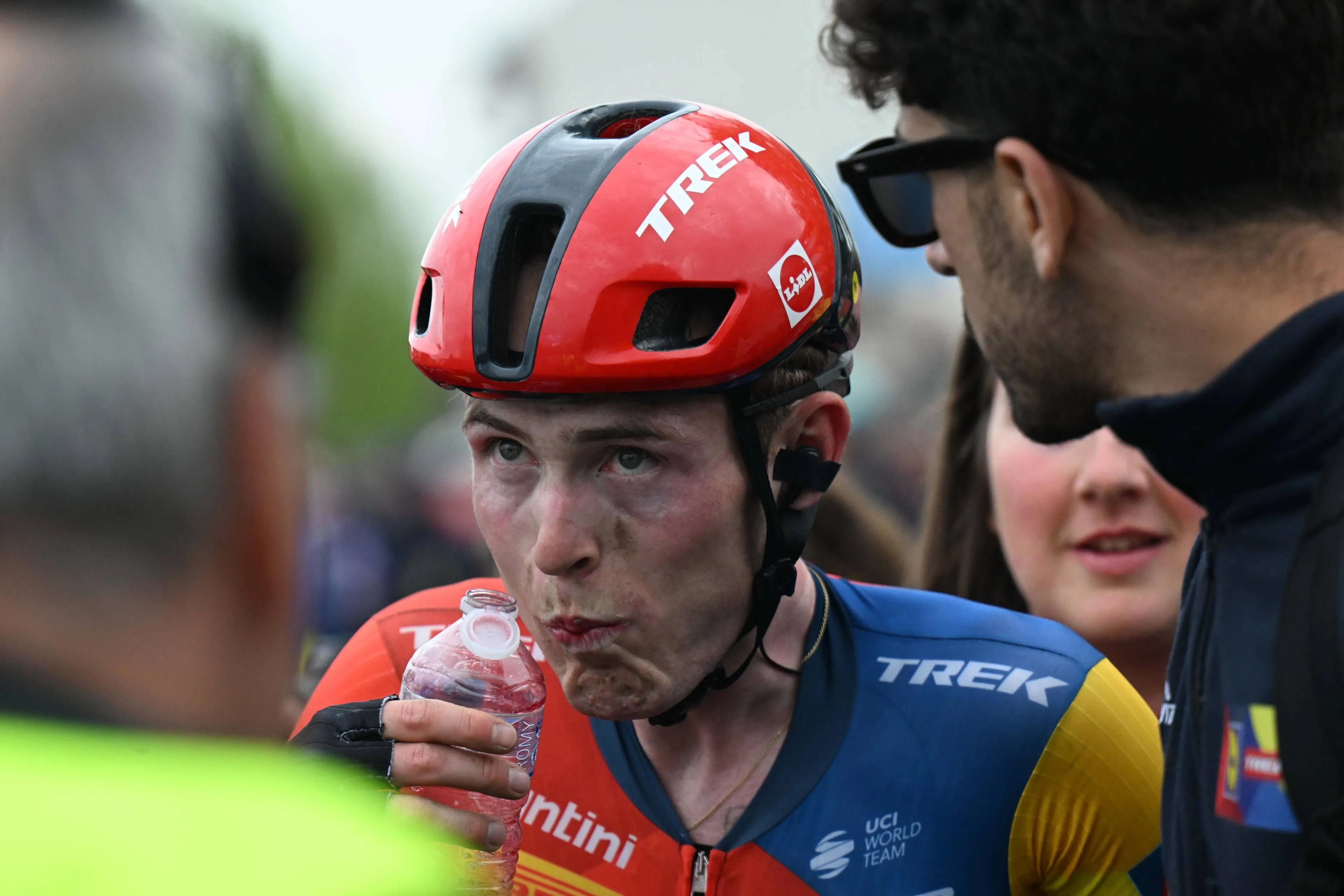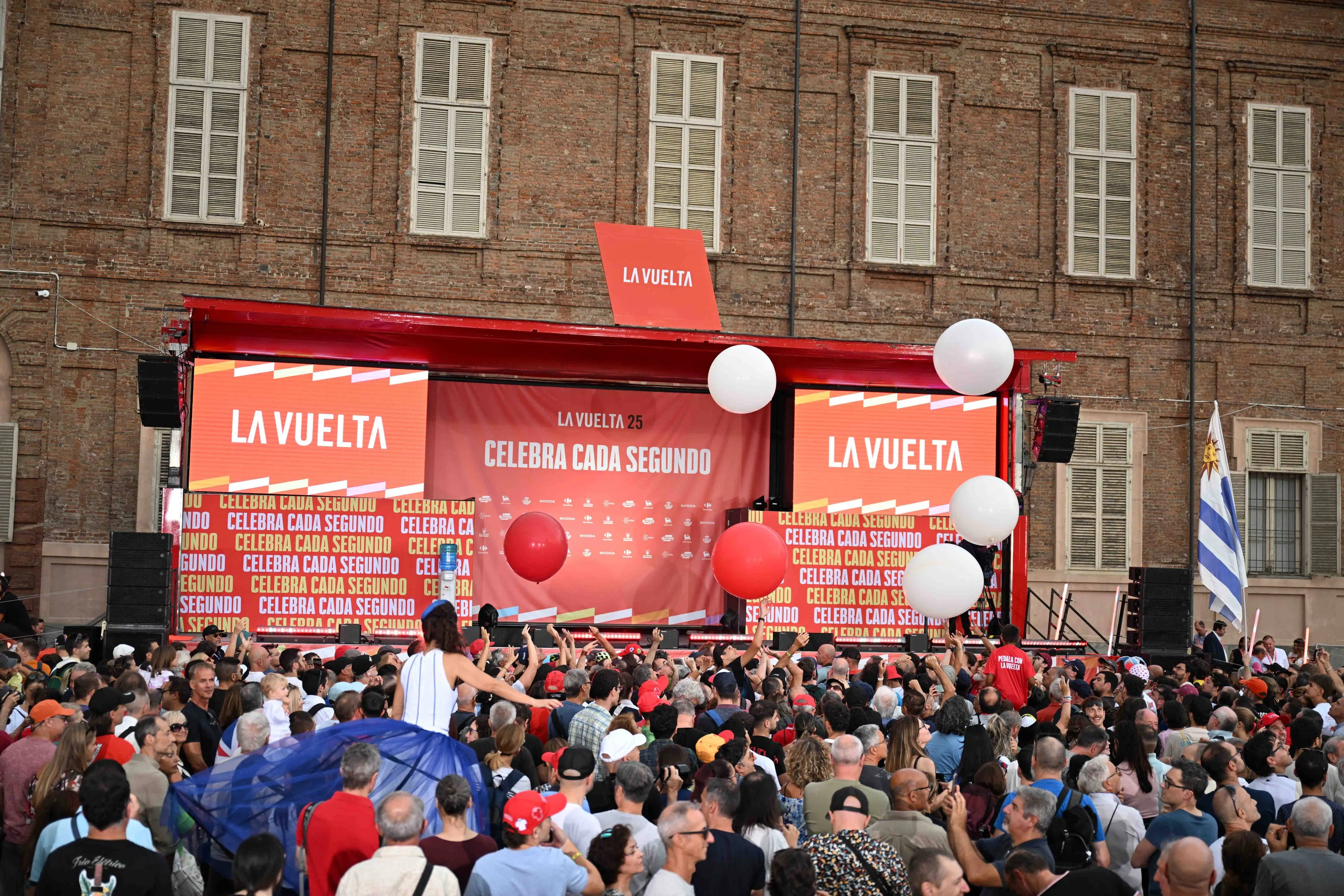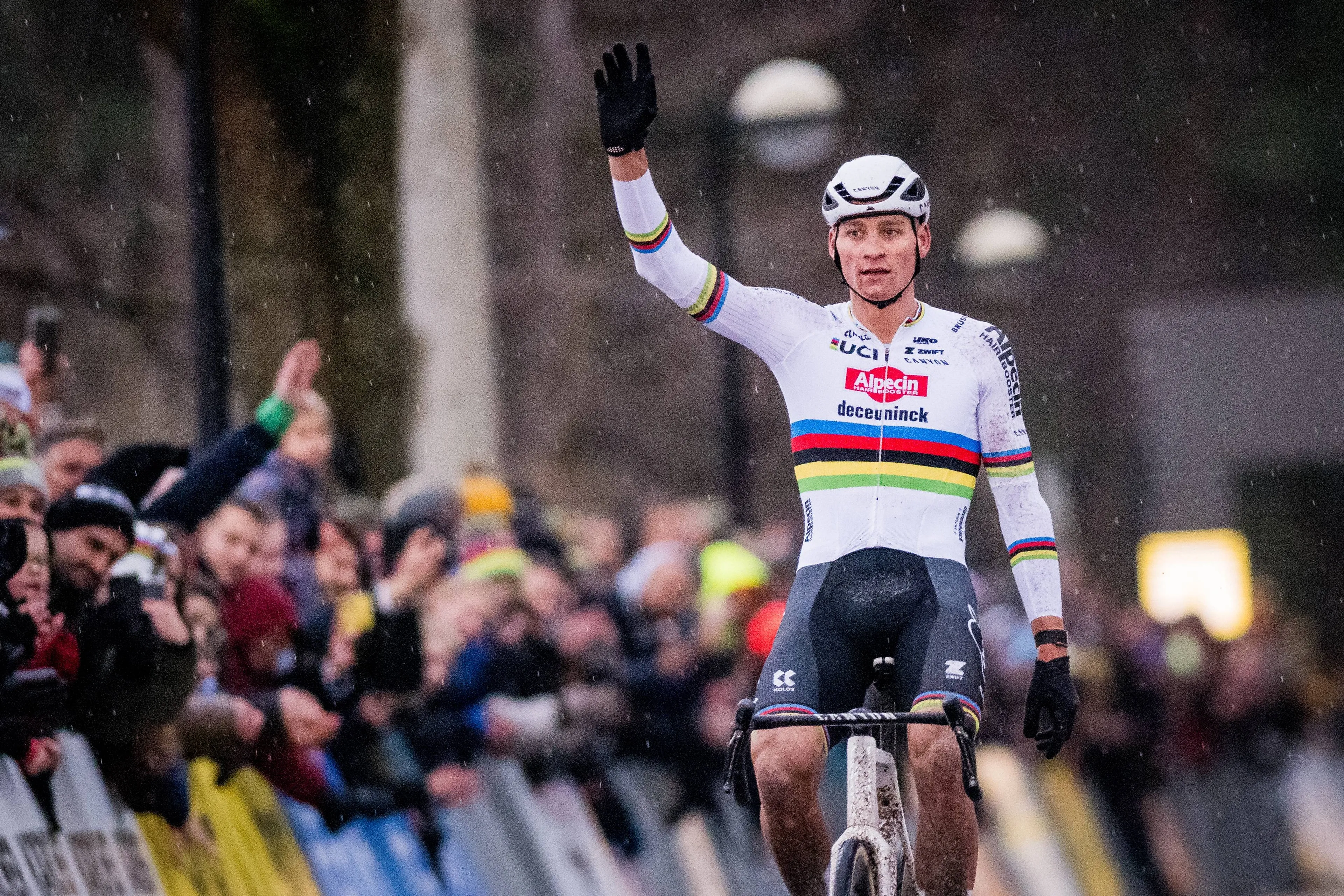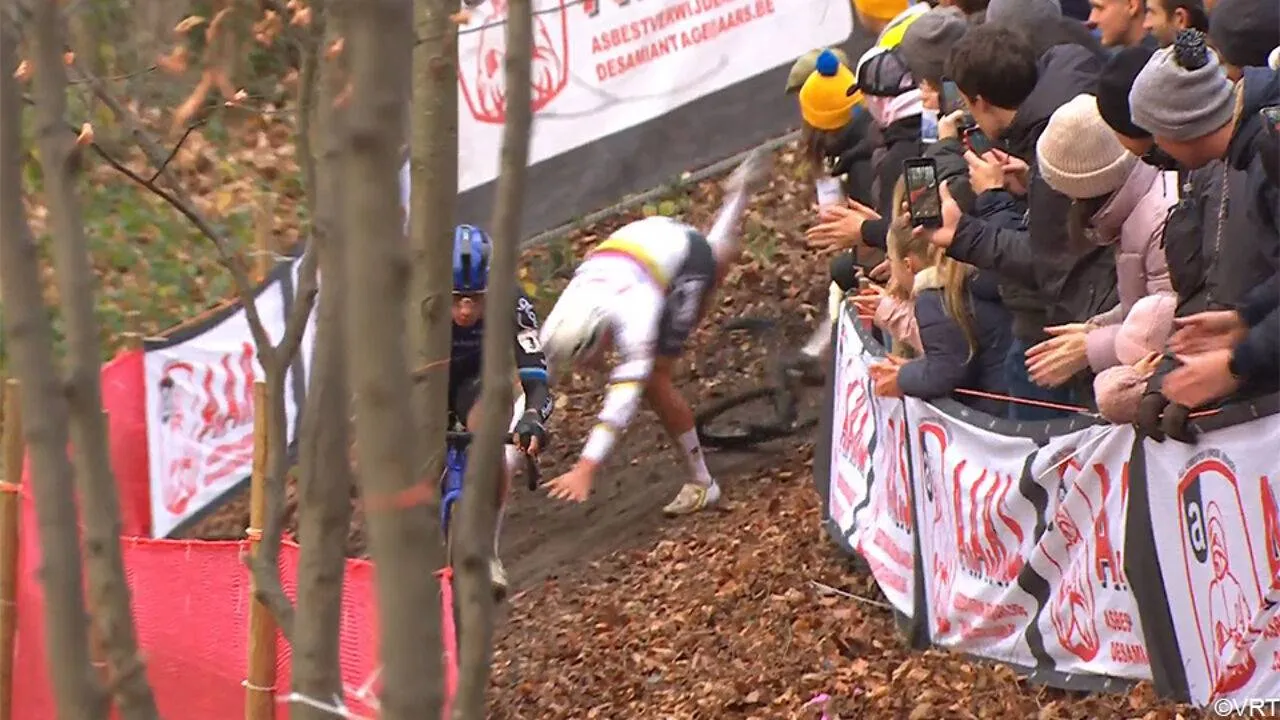Urán, on the problems of Colombian cycling: "In Europe at 16 years old they train like professionals, in Colombia some of them only eat once a day"
CyclingWednesday, 23 August 2023 at 22:00
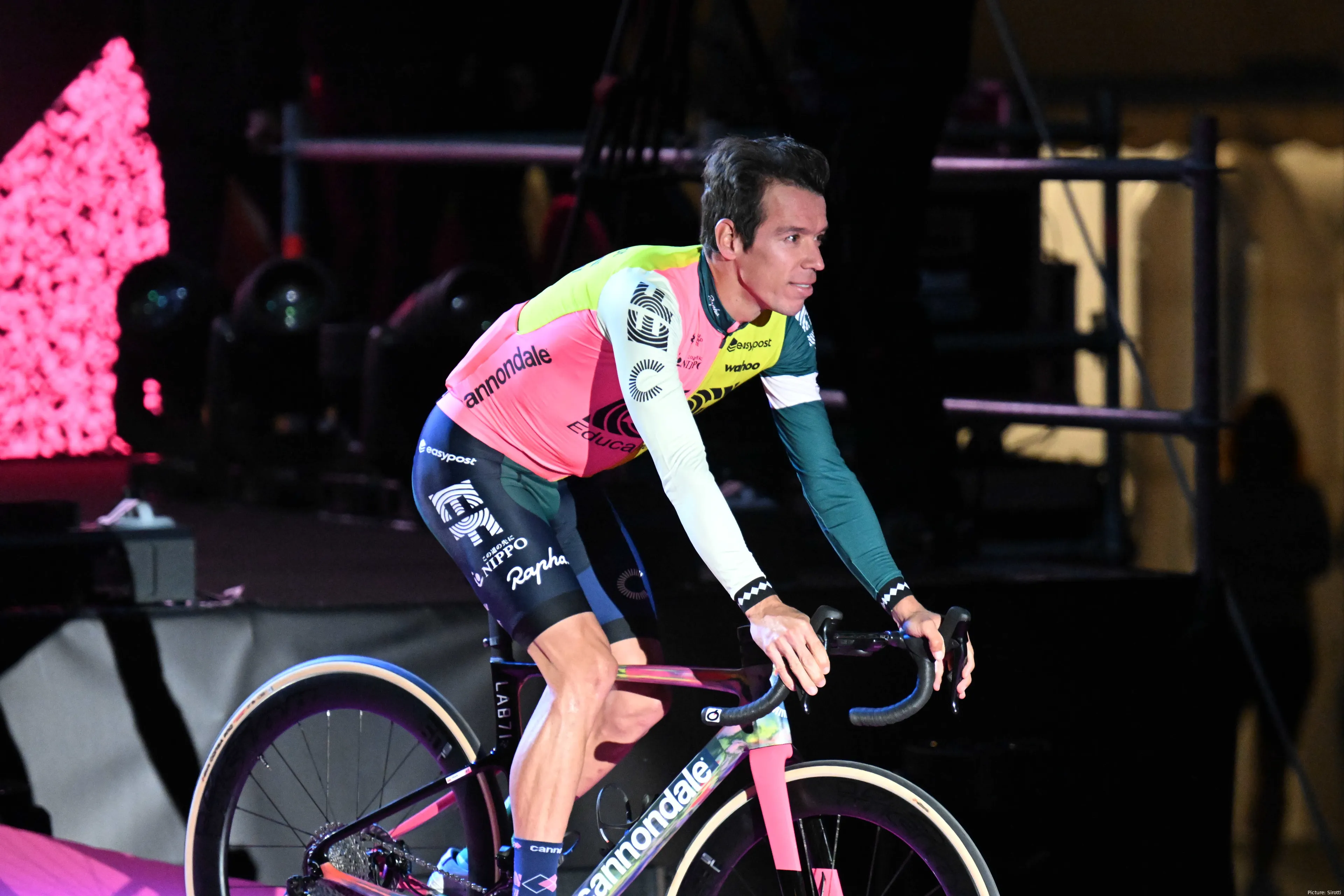
Rigoberto Urán has shed light on the roots of the brake on the production of top cyclists in Colombia. In a frank and critical analysis, Urán has identified crucial factors that have limited the progress of young talent in the country.
One of the main concerns pointed out by Urán is the lack of investment in the base of Colombian cycling. He stated forcefully that although there is potential in terms of talent, this potential often goes untapped due to a lack of resources and support in the formative stages. Urán stressed the need to channel social investments to properly nurture young cyclists and provide them with opportunities to grow, without forgetting the importance of not overburdening them with excessive pressures.
Read also
The issue of nutrition is another crucial point that Urán highlights. He notes that many young cyclists and athletes in Colombia are often limited by insufficient food, even eating only once a day. Urán stresses how nutrition directly influences athletic performance and points out that lack of support gets to some athletes, hindering their overall development. He himself considers himself fortunate to have had more resources and support in his career.
Urán exposes a stark reality in describing the gap between Colombian and European cycling in several aspects. He highlights how in Europe, cycling is advancing at great speed, with a focus on technique, nutrition and early professionalization. As European teams become more competitive, patience quickly runs out. Urán notes that this gap also affects traditionally powerful cycling nations such as Spain and Italy.
Read also
The difference in training methods, technology, nutritional advice and other essential elements between Europe and Colombia is evident. Urán notes that in Europe, young cyclists are trained to professional standards from an early age, with the availability of resources such as personal nutritionists and power meters. In contrast, in Colombia, the lack of economic and technological resources limits the potential of developing cyclists.
Urán concludes that the disparities between Colombian and European cycling are notable and complex to overcome. Although the European model has proven to be effective in training talent from an early age, the investment required to implement it in Colombia is significant.
Urán recognizes that it is unrealistic to expect young Colombian cyclists to have access to all these advanced tools if there are not enough resources available in their homes. This reality poses crucial challenges for the sustainable development of high-level cycling in Colombia in the midst of a complex economic and social situation.
Read also
claps 0visitors 0
Just in
Popular news
Latest comments
- Some of these cyclists are really stupid. So a more important rider is hired, there are too many leaders, he talk betrayal, He talks adjustments, He is not selected for any GTs. and he still signs for them🤦🤦🤦abstractengineer15-12-2025
- "He’d sit in the kitchen drinking red wine with the chef for hours after dinner" strange but how is it related to dopingabstractengineer15-12-2025
- 🤣. he cannot surpass Merckx ever. Its not called ambition, its stupidityabstractengineer15-12-2025
- True - maybe there will be some chances for gee to ride for himself - he’s very good, but a GT winner? Seems a bit too far for him (or skelmose tbh) I’m glad Gee found a place - love how he rides and he seems a genuinely good fellowCrashjames15-12-2025
- I think it would be painful setback...MajorPayne15-12-2025
- Not even raced a Grand Tour yet and already got riders cheating. Just ensured they never get my support as can't even exist a couple years without cheating.HoopoeChai15-12-2025
- Now , we know who this guy is because he talked bad about Lazcano.
 PAULO15-12-2025
PAULO15-12-2025 - unfortunately for Nys, he raced as well as he can. And MVDP had plenty of room to improve.mij15-12-2025
- God isn't real. Thankfully we have Tadej!!!Veganpotter15-12-2025
- He did pretty well with the bike handling, but it may be too short of an effort to win at the top.Veganpotter15-12-2025
Loading
Write a comment
